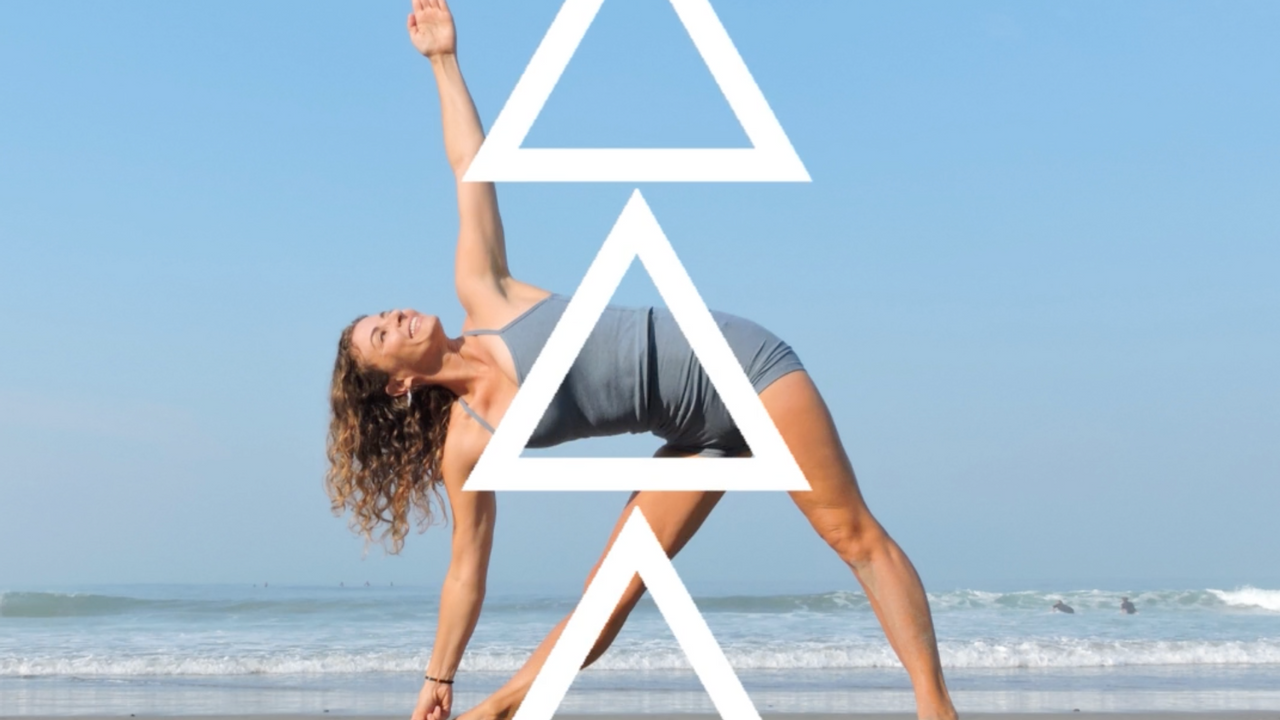
Why Alignment Matters
May 04, 2021The word 'alignment' by now makes me cringe, as it has evolved into one of the most overburdened words in yoga lexicon. Still, alignment matters. Not because of what a posture looks like, but more importantly because of the energetic effects that alignment can induce.
In modern yoga culture 'alignment' seems to have been defined as an aesthetic ideal, a rigorous concept that implies skill, superiority, and physical accomplishment. It can also become a term of injury-shaming as obviously injury is impossible when one maintains proper 'alignment'.
Merriam-Webster defines 'alignment' as follows:
1: the act of aligning or state of being aligned
especially : the proper positioning or state of adjustment of parts (as of a mechanical or electronic device) in relation to each other
2a: a forming in line
b: the line thus formed
3: the ground plan (as of a railroad or highway) in distinction from the profile
4: an arrangement of groups or forces in relation to one another
Definition 1 is clearly most applicable to asana. The 'proper positioning of parts' (or limbs) is where the issue lies: how do we define 'proper'?
Naively, it is tempting to consider 'proper positioning' as how closely our asana follows the idea demonstrated in the textbook or by the Instagram guru. Obviously, we naturally think, differing from this ideal makes our asana worse, asymptotically approaching Samadhi the closer we get (in posture and possibly attire) to the Guru. This, naively, is the ideal of 'alignment' as aesthetic.
Instead, consider alignment in asana through three lenses: Tapas, Yantra, and Mudra.
Tapas as heat, energy, effort, and dedication is an essential concept in Hatha Yoga. Creating, and appreciating Tapas in asana is key, and to generate Tapas it helps to engage in an impossible task: such as perfectly straight legs in Downward Dog. Here 'alignment' serves as a means to the Tapas end.
A second concept to define 'alignment' is Yantra: a simple geometric shape upon which to meditate. If you consider Trikonasana a Yantra instead of an asana, the reason for straight limbs immediately ceases to be aesthetic or theoretical: it becomes critically functional, as a triangle only is a triangle when formed with straight lines.
The third concept is defining 'alignment' in the context of Mudra - an energetic seal or lock, that encapsulates anywhere from fingers to our entire body in roughly half of the postures in Ashtanga's sequences. In these postures ideal 'alignment' usually is driven by the state of forming a mudra. The state of these asanas is a mudra, whether the official 'state of the asana' is achievable or not.
Ideal alignment does not exist necessarily to prevent injury in yoga, it is not intrinsically aesthetic or conformist, it is not a matter of looking like the teacher or the instagram guru. Alignment is driven by the fundamental tools of Hatha Yoga, that make our practices so valuable and so personal.
🌟🌟🌟 Your Cycle, Your Practice the course begins May 12. Register NOW.
Down your FREE Ashtanga Yoga Starter Kit and Masterclass here.
Stay connected with news and updates!
Join our mailing list to receive the latest news and updates from our team.
Don't worry, your information will not be shared.
We hate SPAM. We will never sell your information, for any reason.



